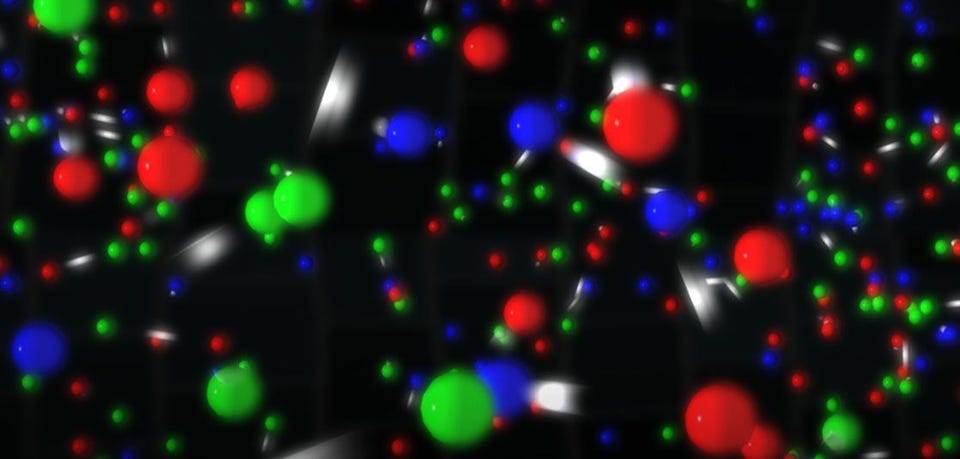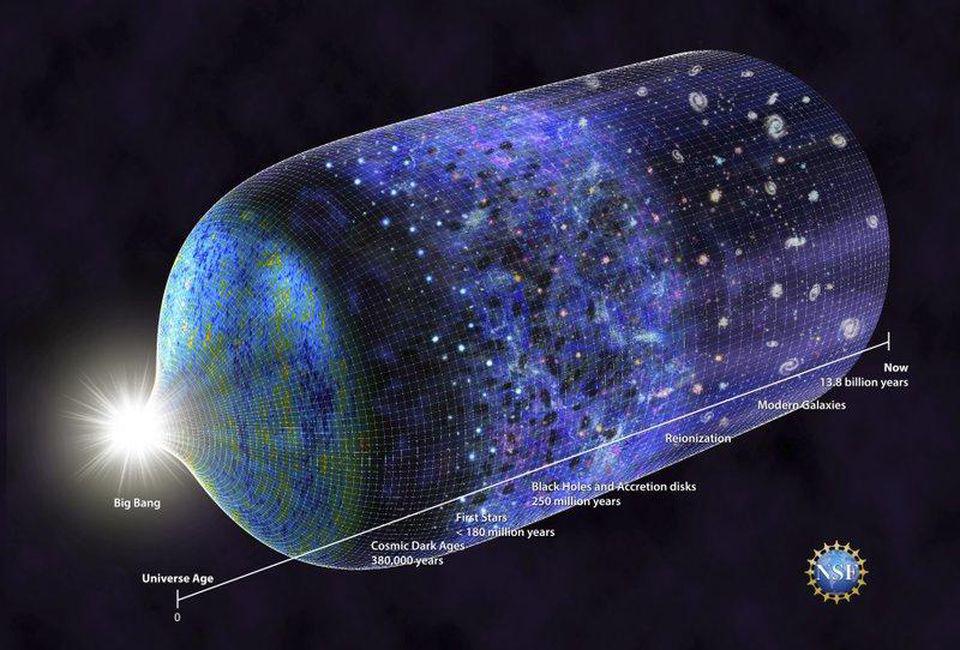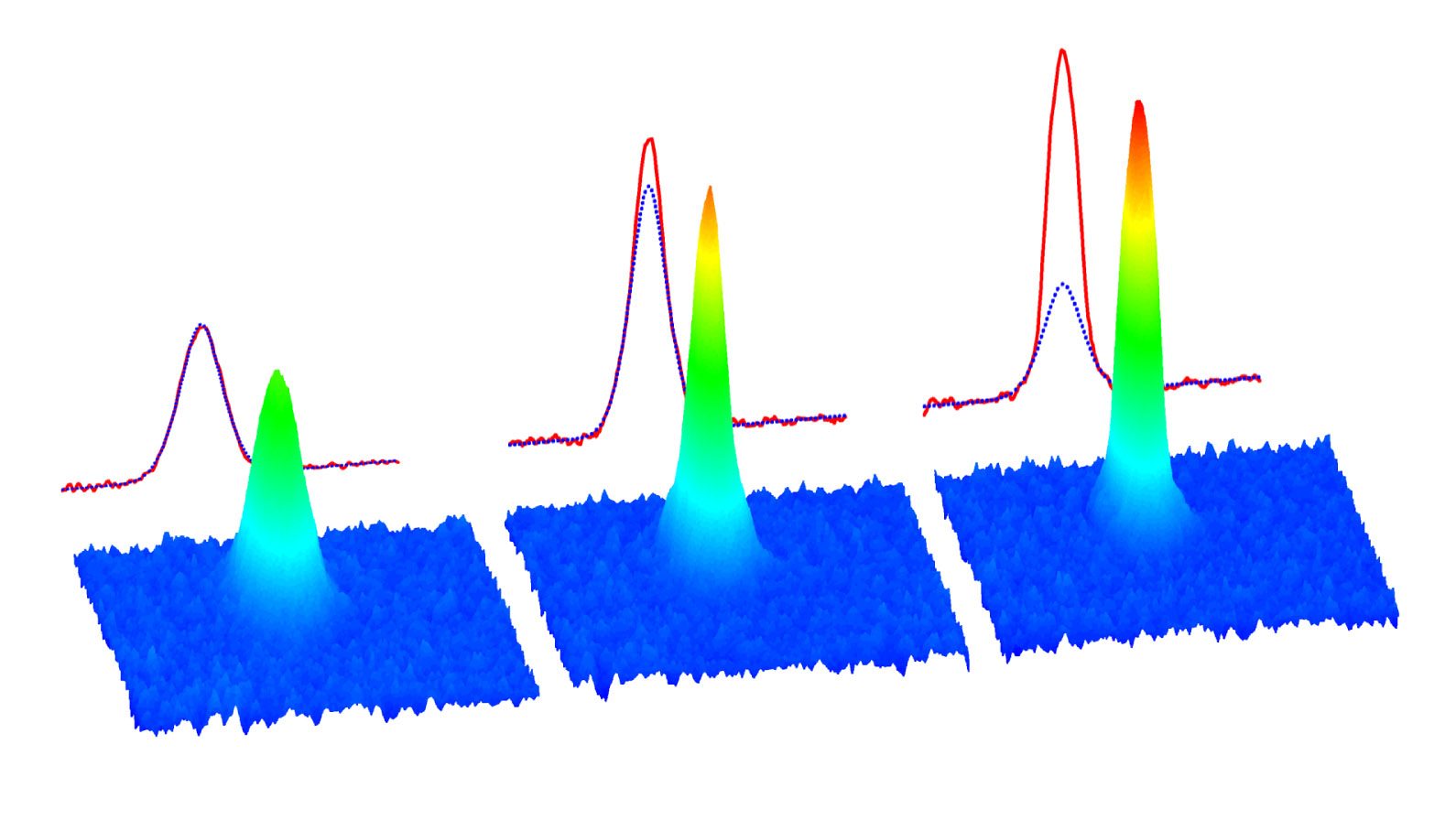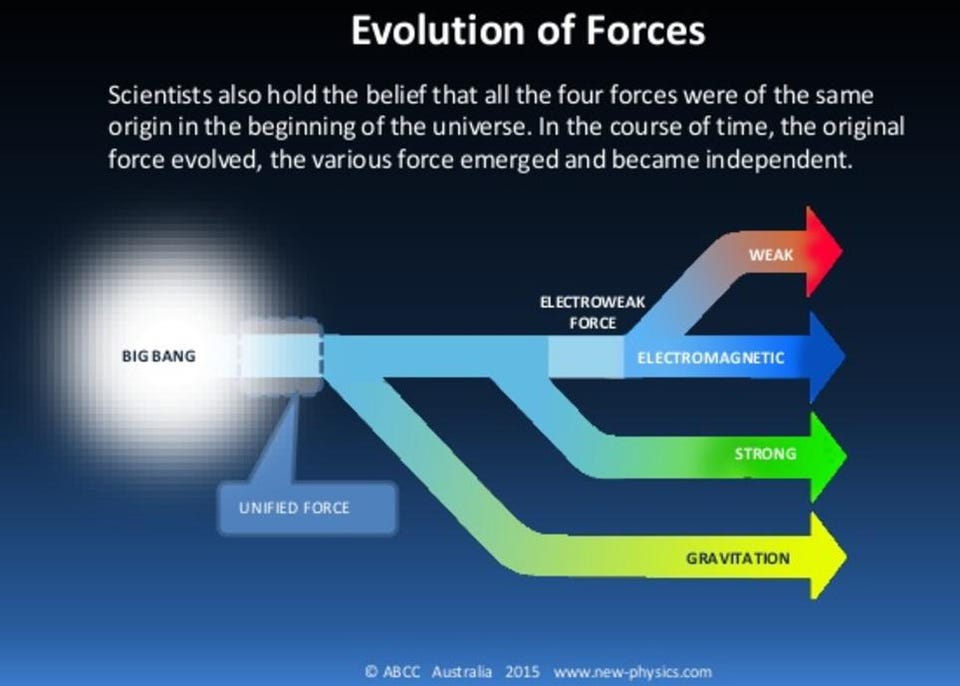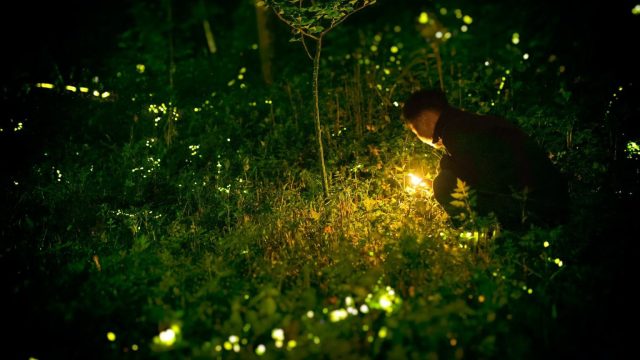Be thankful for an out-of-equilibrium Universe
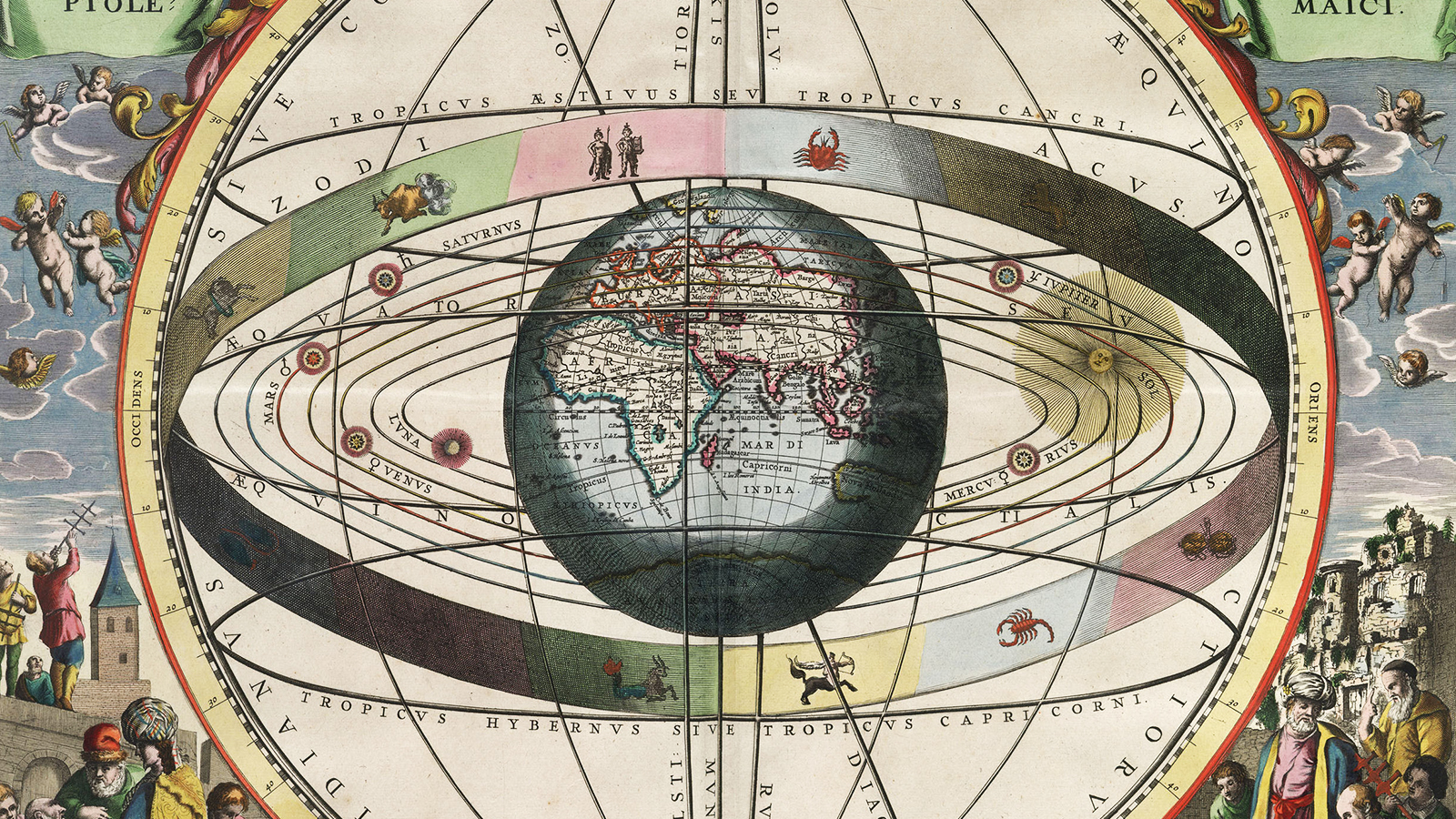
- The Universe began from a very hot, energetic, dense, and random state. And yet, somehow, all of this complexity emerged.
- One underappreciated key to that process is the transitions that have taken place between unstable, high-energy states to lower-energy, more stable ones.
- This helped create the Universe as we know it, as complex organisms and living worlds couldn’t exist without these phase transitions.
You couldn’t make the Universe we have today if everything were always the same. Although many philosophically favored the idea that the Universe was static and unchanging — an idea popularized in the 20th century as the Steady-State Theory — such a Universe would look vastly different than our own. Without an early, hot, dense, and more uniform past, our Universe couldn’t have expanded, cooled, gravitated, and evolved to give us what we have today: a cosmos where galaxies, stars, planets, and even life not only all exist, but appear to be quite abundant.
The reason is simple: the Universe isn’t in equilibrium. Equilibrium, which occurs when any physical system reaches its most stable state, is the enemy of change. Sure, in order to perform mechanical work, you need free energy, and that requires an energy-liberating transition of some sort. But there’s an even more fundamental problem than extracting energy: without beginning from a hot, dense state in the distant past, and then cooling and falling out-of-equilibrium, the Universe we see today wouldn’t even be possible.
Transitioning from unstable, higher-energy states to more stable, lower-energy ones is exactly the process that helped create the Universe as we know it. In many ways, it’s the ultimate “fall from grace” in our cosmic history, and without it, we couldn’t exist. Here’s why.
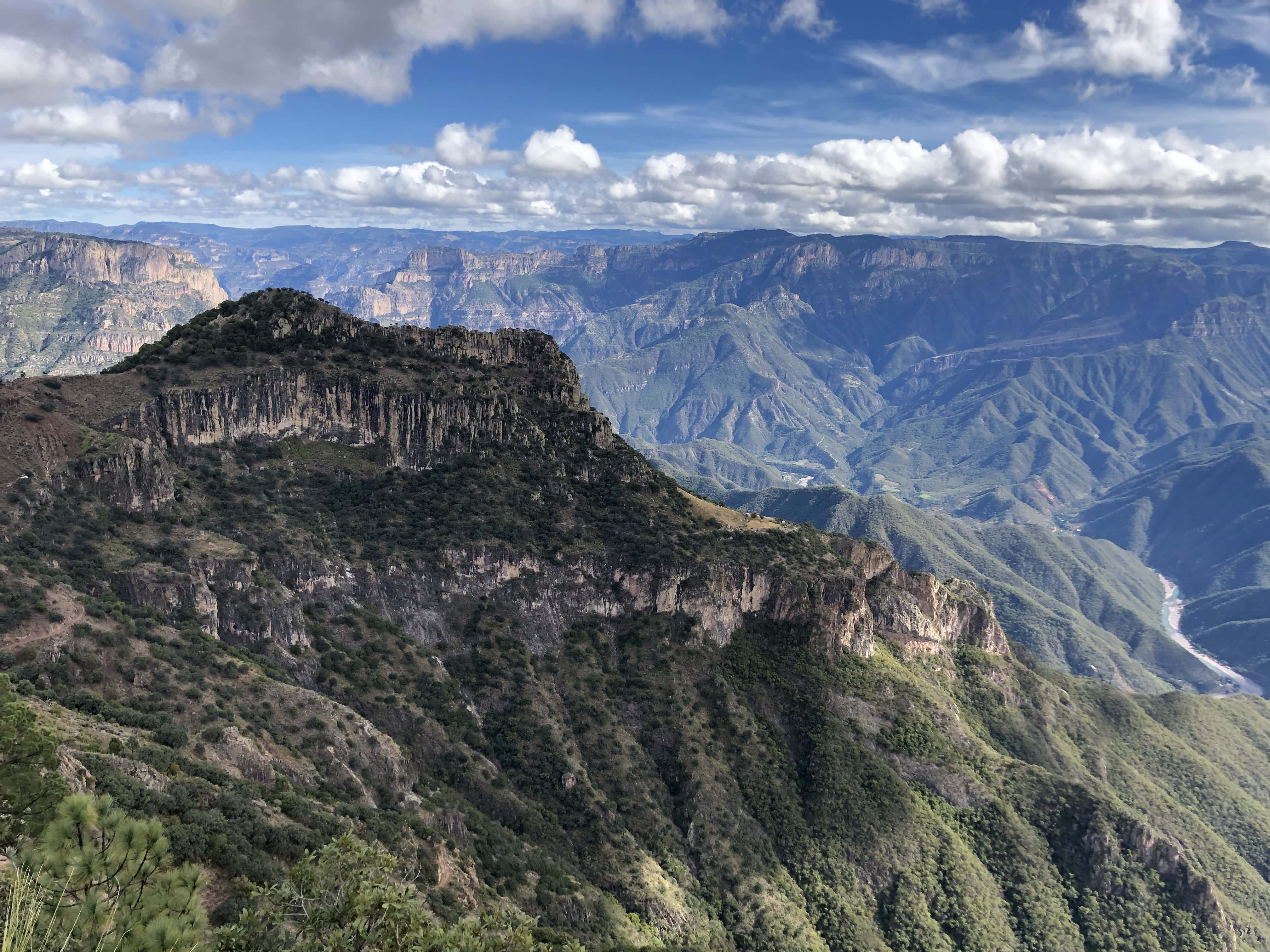
The simplest way to imagine equilibrium is to think about the terrain around you on Earth. When it rains, particularly when there’s a torrential downpour, where does the water wind up?
If the terrain is completely flat, it winds up everywhere, equally, with no bias toward one place or another. With the exception of small depressions that may form and lead to puddles — slight imperfections that represent slightly more stable, lower-energy states — the entire terrain represents an equilibrium condition.
If the terrain is uneven, though, whether hilly, mountainous, or containing a plateau, some locations will be more favorable than others for rain to pool and collect. Wherever you have a slope, the rain will travel down that slope until it reaches a flat area where it can collect. In all locations where the rain pools, you’ll have a condition that looks a lot like equilibrium, but looks can be deceiving.
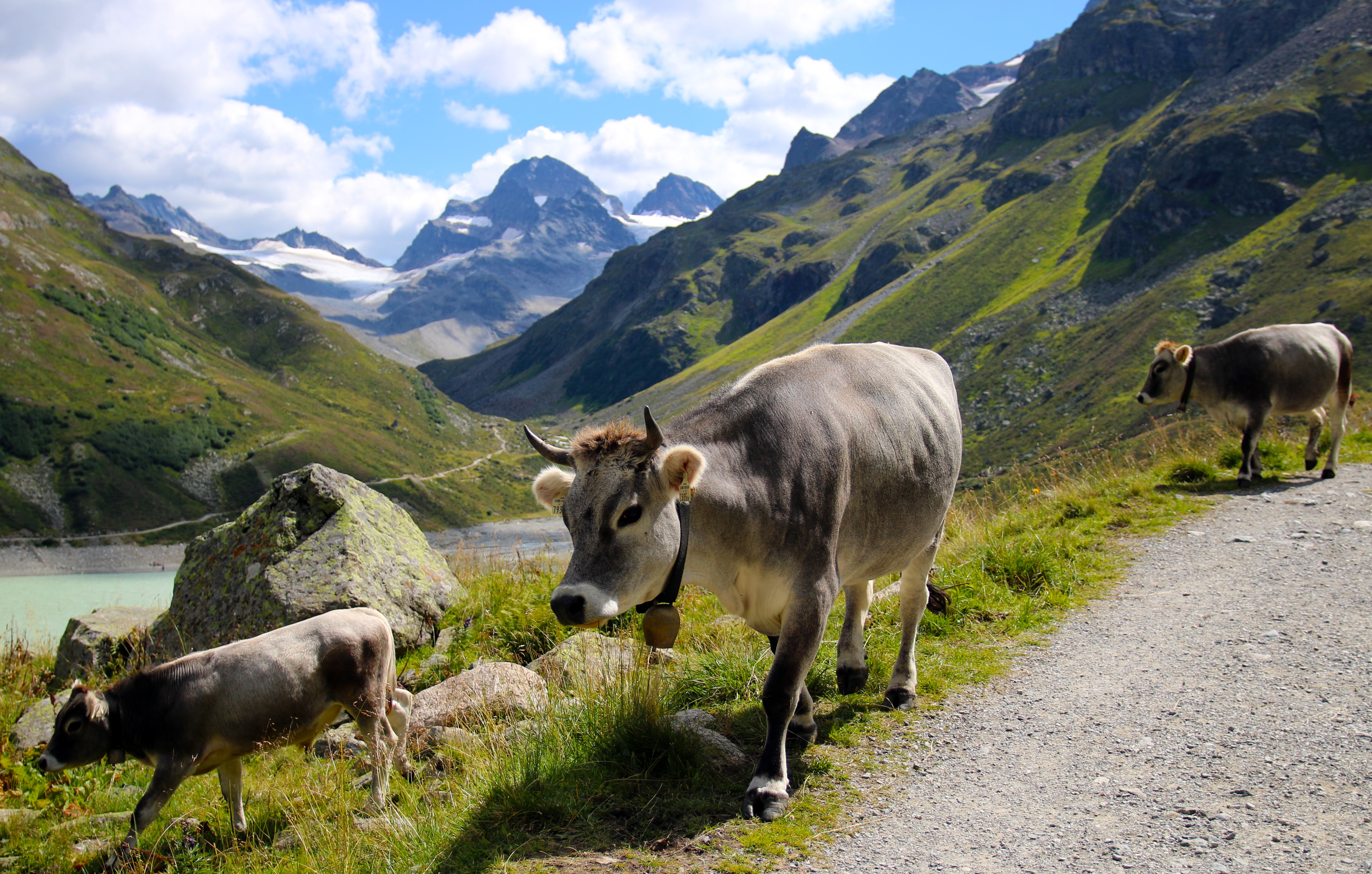
For example, let’s consider the following “terrain,” above. When it rains, there are multiple different places where the rain can collect, and they fall into three categories.
- Unstable equilibrium. This is the condition that occurs at the top of every hill, mountain, or other non-flat area. Some rain might collect or otherwise begin its journey here, but this is not a stable state. Any tiny imperfection will knock the raindrop off of this location and it will slide down the neighboring slope, in one direction or another, until it comes to rest in a more stable state.
- Quasi-stable equilibrium. This is what you get when rain collects in a valley, but not in the deepest, lowest-energy valley possible. It’s called quasi-stable because the rain can remain there for quite some time — perhaps even indefinitely — unless something comes along to knock it out of this semi-stable position. Only if it can somehow get out of this valley, what we typically call a “false minimum,” can it ever have a chance of winding up in the true equilibrium state.
- True equilibrium. Only the rain that makes it into the absolute lowest-energy state, also known as the ground state, or the very lowest valley in this “rain on the terrain” example, is in equilibrium.
Unless you’re in true equilibrium, you can anticipate that someday, something will come along and knock you down from your perch to a lower-energy, more stable state.
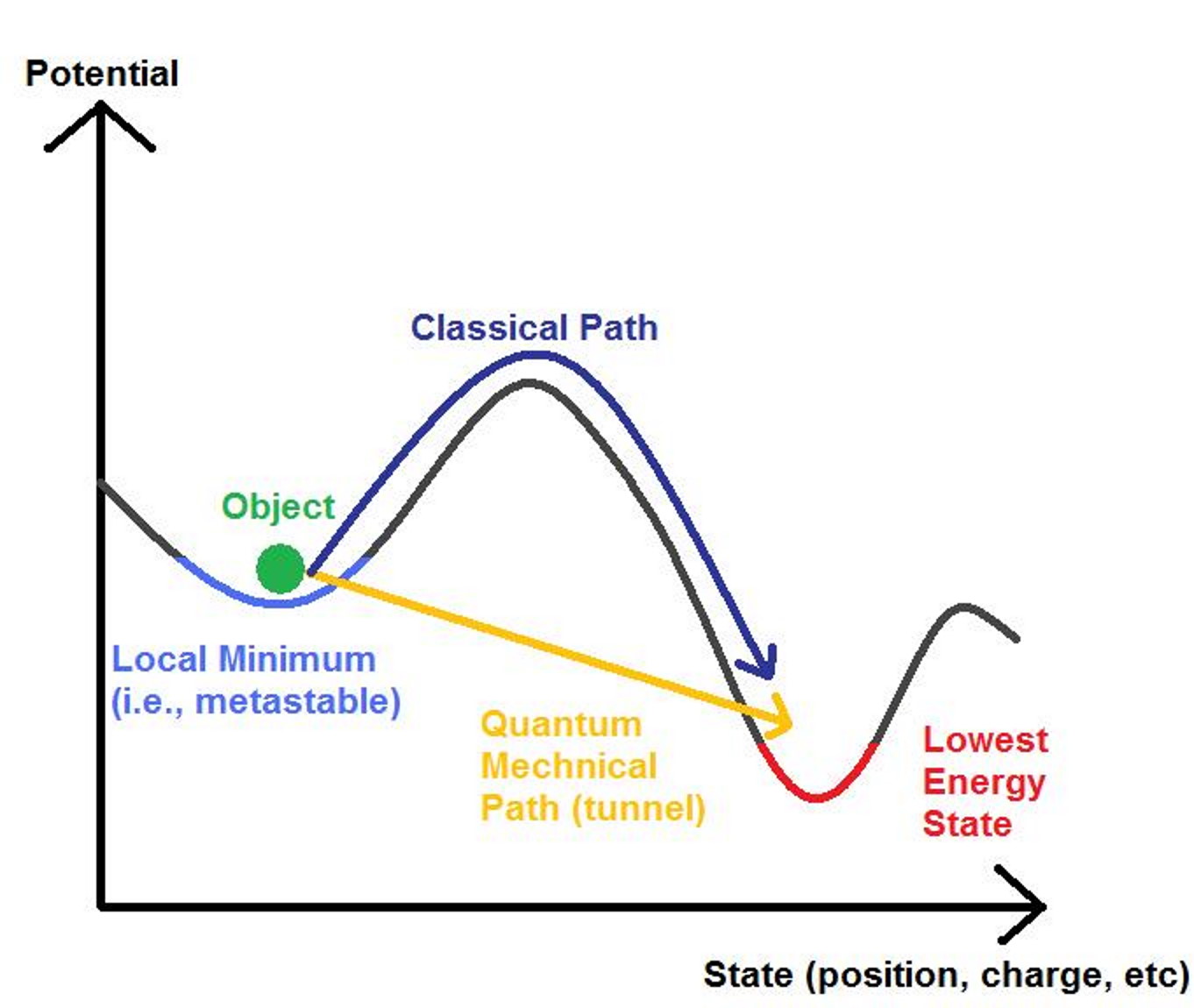
Notice, then, that there are two fundamentally different types of transitions that can occur. The first one, known as a first-order phase transition, occurs when you get trapped in a quasi-stable equilibrium state, or a false minimum. Sometimes, you wind up trapped in this state, like water in a glacial lake. There are generally two ways out of this. Either something comes along to impart energy, knocking whatever’s trapped in this false minimum up and over the energy barrier that keeps it in place, or it can undergo the phenomenon known as quantum tunneling: where it has a finite but non-zero probability of spontaneously transitioning, despite the barrier, to a lower (or even the lowest) energy state.
Quantum tunneling is one of the most counterintuitive features in nature, akin to if you bounced a basketball on the wooden floor of a court, and there was a finite chance — and it occasionally was observed to occur — that it would pass right through the floor without damaging it, winding up in the basement beneath the court. Although this, for all intents and purposes, never occurs in the macroscopic, classical world, it’s a phenomenon that happens all the time in the quantum Universe.
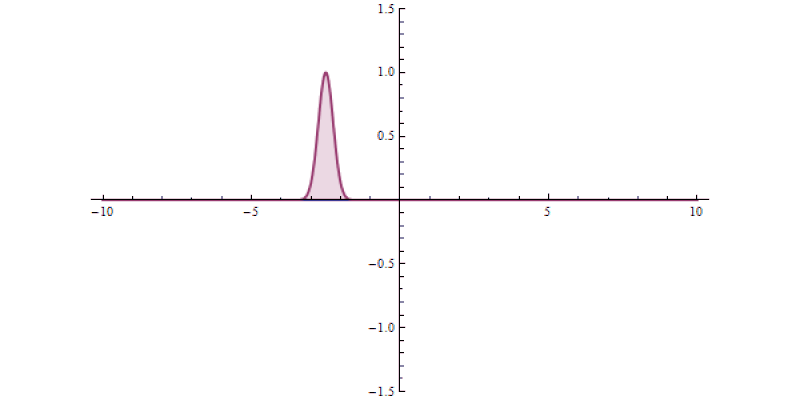
That’s one type of phase transition that can take place, but there’s another: when you smoothly go from one energy state to another. This second type of phase transition, known cleverly as a second-order phase transition, occurs where there isn’t a barrier preventing you from proceeding to a lower-energy state. There are still lots of varieties, as:
- you could be in a highly unstable equilibrium, where almost instantly you’ll being transitioning to a lower energy state, like a ball balanced atop a spire,
- or you could be atop a gradual hill, where you may remain for quite some time, until you pick up enough momentum and travel far enough to roll down into a valley below,
- or you could be atop a very flat plateau, where you’ll roll slowly, if at all, and remain there indefinitely; only with the right conditions will you roll into the valley.
Practically every transition that occurs falls into the category of either a first-order or a second-order phase transition, although more complicated systems with more elaborate transitions are possible. Despite the different ways that they occur and the different conditions specific to them, however, these transitions are an inseparable part of our Universe’s past.
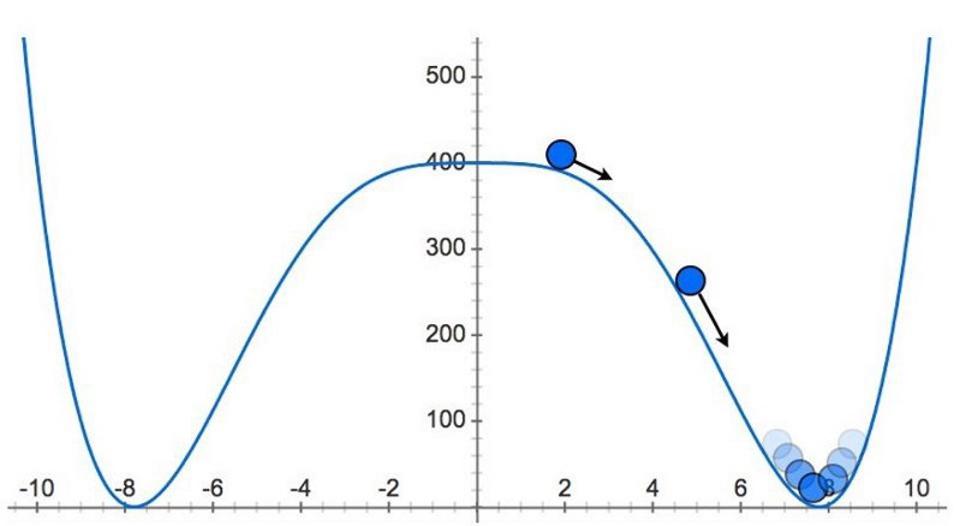
Let’s go back, then, to the earliest stages of the Universe that we know how to accurately describe: to the state of cosmic inflation that preceded the hot Big Bang. You can envision that as a second-order phase transition, like a ball atop a hill. So long as the ball remains high up there — stationary, rolling slowly, or even jittering back-and-forth — the Universe inflated, with the “height” of the hill representing how much energy is inherent to the fabric of space.
When the ball rolls down the hill, however, and transitions into the valley below, that energy gets converted into matter (and antimatter) and other forms of energy, bringing cosmic inflation to an end and resulting in the hot, dense, almost-uniform state known as the hot Big Bang. This was the first meaningful transition that we can describe in our early Universe, but it was only the first of many to come.
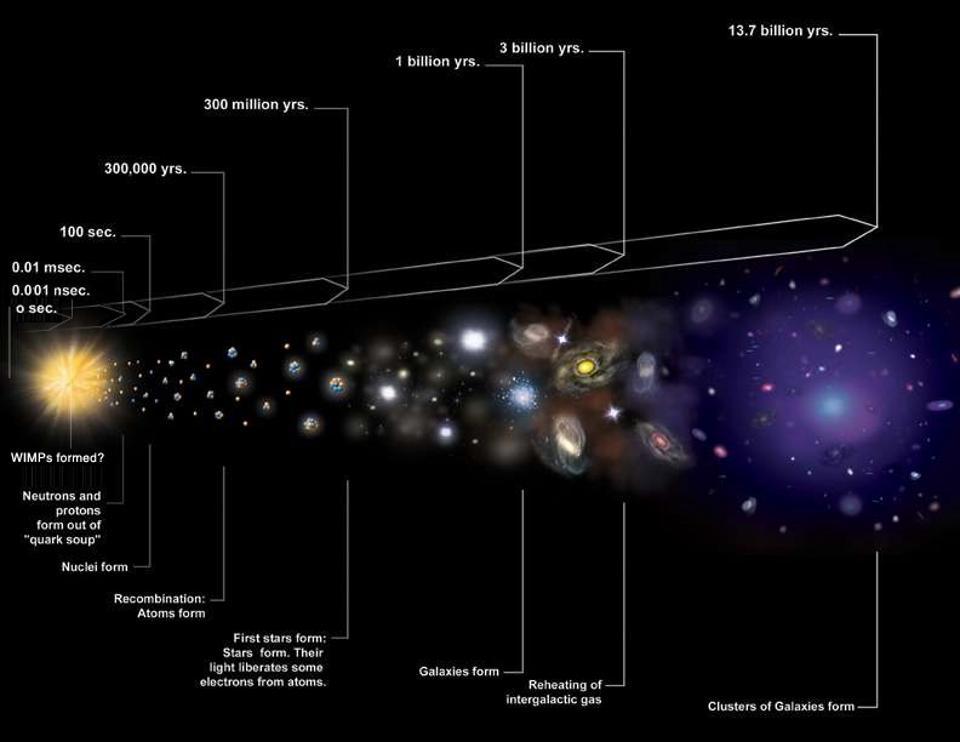
In the earliest stages of the hot Big Bang, there was enough energy to spontaneously create every type of particle and antiparticle presently known to humanity, as these high energies allow the creation of every possible particle via Einstein’s E = mc². That means that every particle present in the Standard Model existed in great abundance, plus — quite possibly — many others that only appear under exotic conditions that we haven’t managed to successfully recreate in the laboratory. Every time particles smash into one another, there’s a chance, if there’s enough energy available, to spontaneously create new particles and antiparticles in equal amounts.
If the Universe didn’t expand or cool, everything could remain in this equilibrium state. If, somehow, the Universe were trapped in a box that didn’t change, everything would remain in this hot, dense, rapidly colliding state forever. That’s what it would look like if the Universe were in equilibrium.
But with the Universe obeying the laws of physics that we know, it’s bound to expand. And, because an expanding Universe both stretches the wavelength of waves within it (including the energy-defining wavelength of photons and gravitational waves) as well as reducing the kinetic energy of massive particles, it will cool and become less dense. In other words, a state that was previously an equilibrium state will go out-of-equilibrium as the Universe continues to evolve.

For example, at high energies, it’s impossible to have neutral atoms, as any atom that you form will immediately be blasted apart by an interaction with another particle. At even higher energies, atomic nuclei cannot form, as energetic collisions will split apart any bound state of protons and neutrons. If we were to go to still higher energies (and densities), we’d come to a state that’s so hot and dense that individual protons and neutrons cease to exist; instead, there’s only a quark-gluon plasma, where the temperature and densities are too great for a bound state of three quarks to form.
We can continue to extrapolate back to even earlier times and even higher energies, where things that we take for granted today hadn’t yet fallen into place. The weak nuclear force and the electromagnetic force, which today behave as separate, independent forces, were instead unified at early times. The Higgs symmetry was restored early on, and so none of the Standard Model particles possessed a rest mass prior to that time.
What’s remarkable about this process is that every time the Universe expands and cools through one of these thresholds, a phase transition occurs, along with all of the associated, elaborate physics.
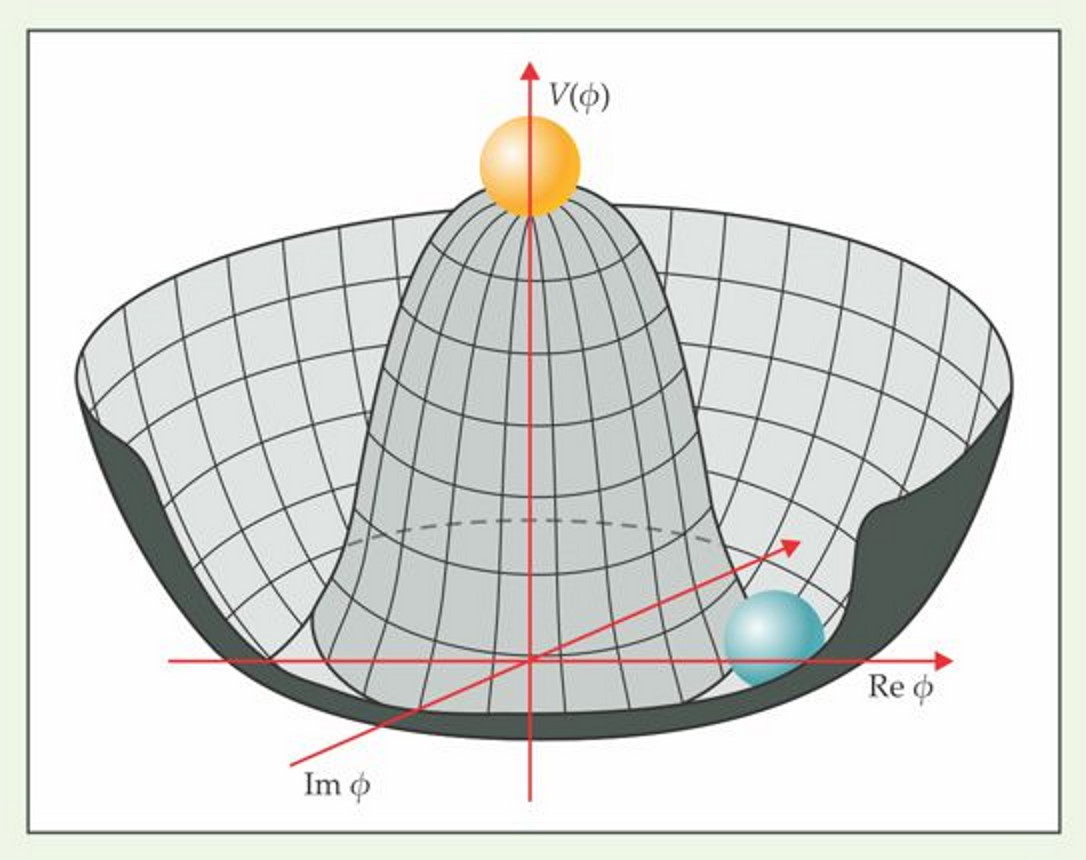
There are other transitions that very likely occurred as well, based on what we observe in the Universe but cannot adequately explain. For example, something must have happened to create dark matter, responsible for the majority of mass in the Universe. One possibility is the axion, which would arise after a phase transition similar to the sombrero-shaped potential, above. As the Universe cools, the ball rolls from the yellow to the blue position. However, if something occurs to “tilt” the sombrero in one direction, the blue ball will oscillate around the lowest point along the hat’s rim: corresponding to the creation of a cold, slow-moving population of potential dark matter particles.
Another possibility is that, at early times, a large number of unstable particles were produced. As the Universe cooled, they annihilated and/or decayed away. If they’re not unstable, however, or if they eventually decay into something that’s not unstable, a fraction of those early particles will remain. If those particles have the right properties, they could be responsible for the dark matter, too.

There are other cosmic occurrences where phase transitions almost certainly played an important role early on. We know that the electromagnetic and the weak forces unified at higher energies; it’s possible that those forces go on to unify with the strong force at even higher energies, creating a grand unified theory. These forces are clearly no longer unified, and hence there may have been a phase transition associated with that as well. In fact, any symmetry that existed early on that’s now broken today — even if we don’t yet know about it — would have undergone a phase transition at some point in the Universe’s past.
In addition, the fact that we have more matter than antimatter in the Universe, despite the laws of physics appearing symmetric between them, strongly indicates that an out-of-equilibrium transition must have occurred. Quite brilliantly, although no one yet knows if it’s correct or not, the new particles predicted by grand unified theories could partially annihilate until the Universe cools sufficiently, then the remaining particles could decay away, creating an asymmetry that favors matter over antimatter from a previously symmetric Universe.
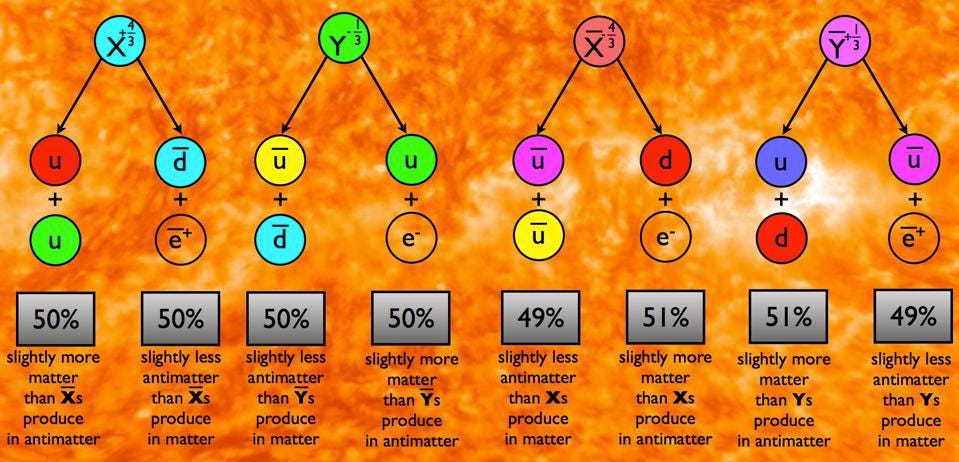
We can always imagine a Universe very different from ours, where these phase transitions either didn’t occur or occurred differently. If nothing ever occurred to generate a matter-antimatter asymmetry, then the early particles would have annihilated away so sufficiently that there would be tiny, equal amounts of both matter and antimatter throughout the Universe, but at only one-ten billionth the current abundance. If it took an extra ~30 minutes for protons and neutrons to fuse into light nuclei, our Universe would have been born with only 3% helium, rather than the 25% we observe. And if nothing occurred to create the dark matter we possess, the cosmic web of galaxies wouldn’t even exist.
At every step of the way, what exists in the Universe is only a relic of the early initial conditions that once ruled the day. As the Universe expands and cools, the conditions change, and particles that once played by certain rules are later forced to play by different ones. Those changes over time can take a system where everything was peachy keen and transform it into one that transitions, out of equilibrium, to something entirely different. In a very real sense, these early phase transitions paved the way for the Universe to unfold as it did. Until we understand exactly how it all happened, we’ll have no choice but to keep searching for the ultimate cosmic answers.
